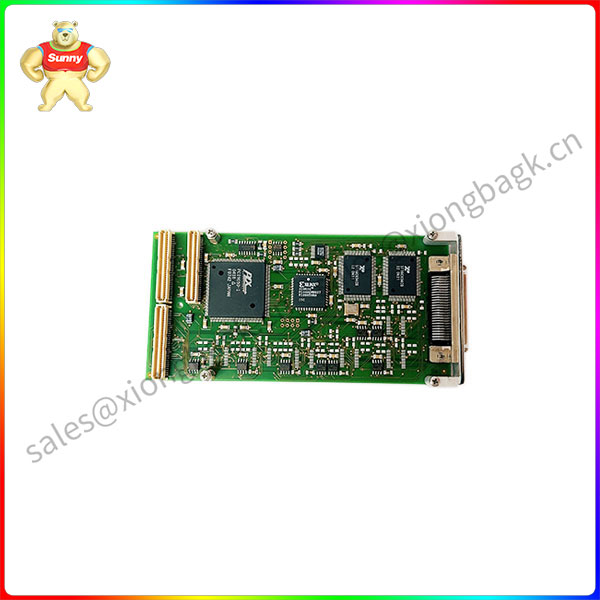Recently, petrochina injected 500 million yuan, wholly-owned to establish a new company, petrochina (Beijing) Digital Intelligence Research Institute Co., LTD., the legal representative is Hu Bingjun, registered capital of 500 million yuan, The business scope includes information technology consulting services, industrial Internet data services, cloud computing equipment technical services, intelligent robot research and development, artificial intelligence public data platform, science and technology intermediary services.
Sinopec, another enterprise of “Two barrels of oil”, also began to lay out the robot industry as early as two years ago.
On January 20, 2022, Boqing Technology, an automatic welding enterprise for structural parts, announced that it had received nearly 100 million yuan of strategic investment from China Petrochemical Group Capital Co., LTD., which is the first time that Sinopec Capital has made direct investment in the robot circuit to layout the high-end intelligent manufacturing field. As of press time, Sinopec holds 9.87% of the shares of Boqing Technology and is the third largest shareholder of Boqing Technology.
In August 2023, at the launching ceremony of Sinopec’s “Love Run Burning Festival”, a new generation of intelligent refueling robot independently developed by Sinopec and manufactured by Yijia Oil Company made its public debut. Yijia Oil is a joint venture founded by Sinopec and Aerospace Cloud Machine, each holding 50%, registered capital of 100 million yuan, established in January 2023.
On September 10, 2021, the intelligent refueling robot was put into trial operation at the West gas station of SINOPEC Guangxi Nanning Petroleum South Station. The owner only needs to complete the order on the refueling APP, and the intelligent oil

TPMC866-11
robot will accurately identify the location of the fuel tank. Extend the “arm”, open the fuel tank, insert the oil gun and refuel. After refueling is completed, the fuel tank cap will be automatically covered, and the whole process will only take 3 minutes to complete. The owner does not need to get off the car operation, in a real sense to achieve no contact, convenient and fast.
Not only can it automatically refuel, it can also recognize the color, shape, size, position, opening mode of different vehicle fuel tank caps. It can automatically determine the location of the fuel tank cover and automatically switch the inner and outer covers of the fuel tank, realize the intelligent action of “switch cover + insert and remove the gun”, and bring the user a new and convenient “intelligent unmanned refueling” experience. The intelligent refueling robot also has a variety of functions, such as abnormal intrusion alarm, emergency parking chain, and rapid emergency breaking of the vehicle when it leaves abnormally, effectively guaranteeing the personal safety of the owner.
In addition to refueling robots, Sinopec has a large number of robot employees, including wall climbing robots, intelligent inspection robots, power operation and maintenance robots, fire detection robots, flood relief robots, welding robots and other 12 products, robot employees have been widely distributed in different positions in different production bases of Sinopec.
Why are oil companies interested in robots?
As we all know, the oil and gas industry is a high-risk industry, there are flammable and explosive substances, extreme temperature, high pressure and other risk factors in the working environment, increasing the safety risk faced by the staff, therefore, robot replacement is the best solution in the industry at present.
At the same time, the robot can improve the inspection and recording efficiency of the production base. BP facilities technical manager Adam Ballard has said that in some environments inside the production site, there are thousands of pounds of pressurized combustible materials, and these high-pressure oil and gas can pose risks to people working in close proximity, and if there is a robot capable of doing the job, they are willing to use a robot instead of a human to complete the task.
Under the general trend of digitalization, using robots to replenish energy or engage in other work can collect a large amount of digital information in the process of work. For example, in the refueling process, the robot can record the refueling time, refueling amount, model information, etc., to help oil companies carry out market analysis and decision-making; In the maintenance of the production base, the robot can record the maintenance data of the equipment, which will be provided to the technical personnel to escort the safety of the production base.
Today, robots in the oil and gas industry still face a number of problems, such as technical complexity, high initial investment, technical training and maintenance, which can become a stumbling block to the adoption of robots. However, with the entry of energy giants, more and more robots will be used in the oil and gas industry, and the targeted problems will be better solved, and the future of human-machine collaboration in the oil and gas industry is not far away
 中文版
中文版




